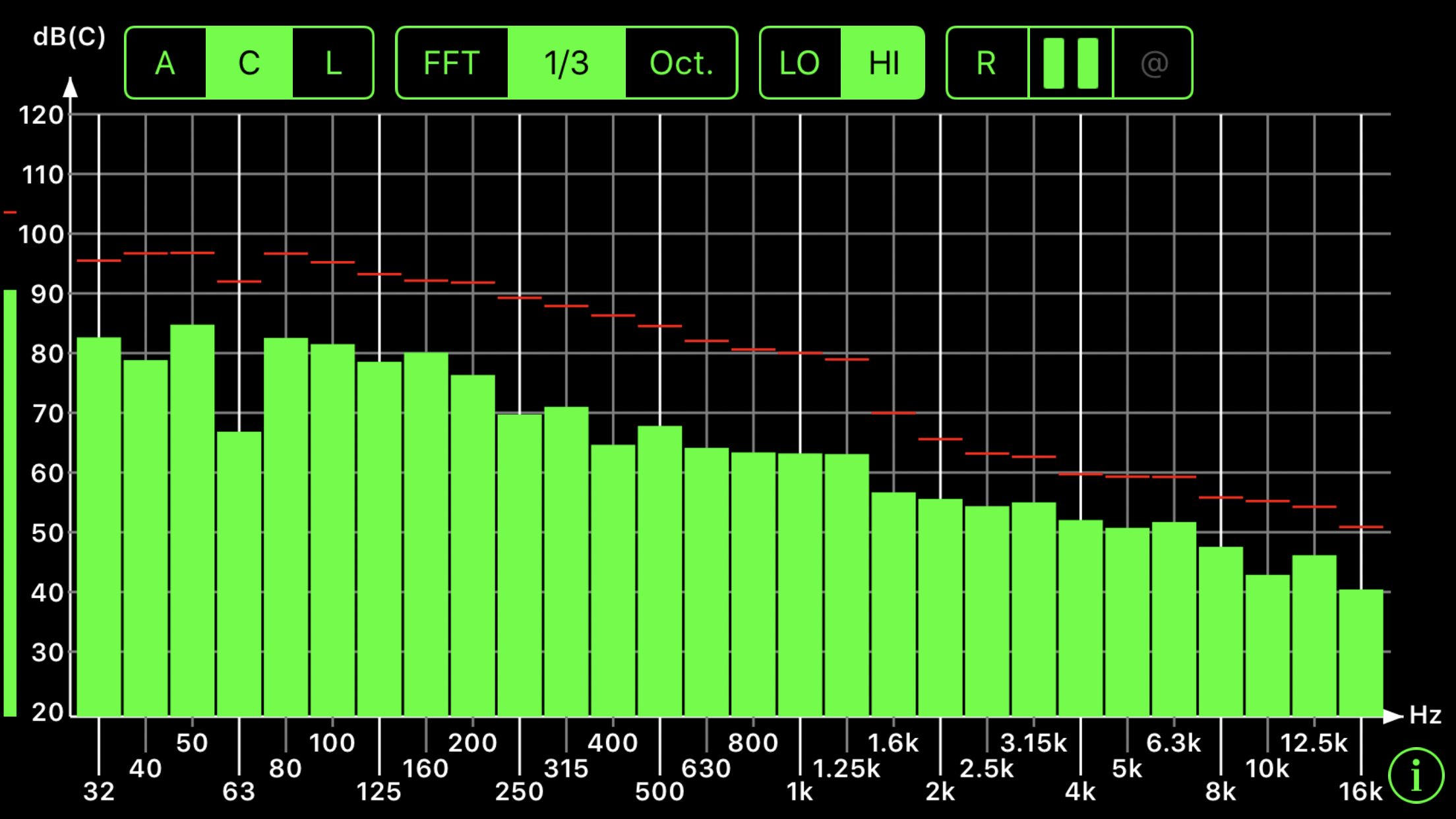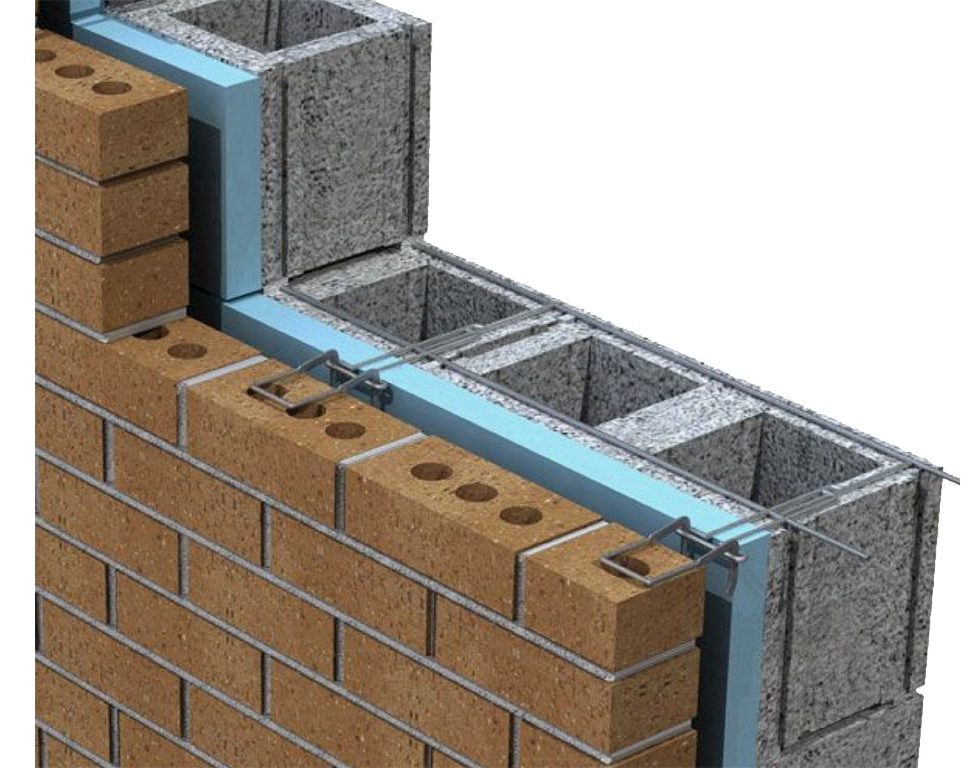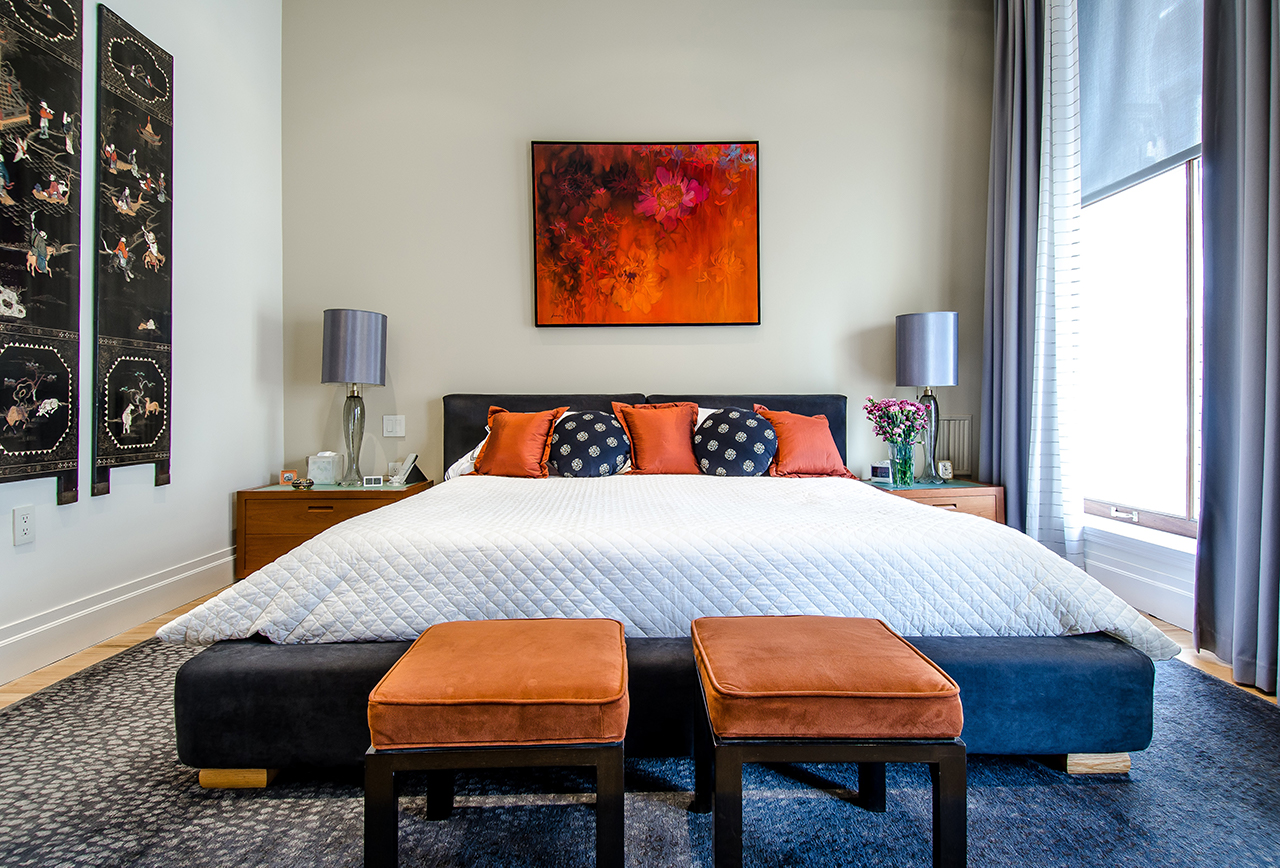Reducing Road Noise in Bedrooms
Reducing road noise in bedrooms is a complicated process. You must first measure the noise that you are receiving in your bedroom. You must qualify and quantify the noise frequencies and amplitudes. You must understand the enemy if you are going to build the proper barrier to keep the enemy out of your bedroom. All noise starts with a particular frequency. We can have low-frequency noise. We can have middle and high-frequency noise. Each frequency of noise has an amplitude or strength. You must know what frequency range is causing the noise and how strong it is. Without knowing this data, you are guessing and guessing with noise is a fool’s game. If you build a barrier that you think will work and it does not, you will have to tear it down and start all over again. There go your budget and patience. Measure twice, cut once with noise.
Frequency
Noise must be quantified and qualified. The noise outside your bedroom that comes through your walls into the bedroom to disrupt every function within that room. Noise and bedrooms do not go together. You do not go into a bedroom thinking I want more noise in that room. No, you want it quiet at all times during the day and night. It is a safe place that is quiet when you need to take a nap to get away from the noise of the world. We must know everything about this noise enemy before we go to battle. Weapons we will use in our bedroom are weapons that need to be designed and built for battle. If we measure our noise outside coming in and we measure noise with frequencies below 100 Hz. we must use mass and density. We must use concrete and brick. We must a room within a room. We will have our protective shell or barrier against the noise enemy.

Octave Bands
Measurement
To measure the noise that is coming from the outside to inside your bedroom, you must measure the noise over many times during the day. You must measure the outside in noise at the quietest times of the day and the noisiest time of the day. We must have middle-level noise measurements that are between both of these extremes. You must do this over a seven day time period since you are wanting to use the room anytime or the day you want to. You don’t want to say, I can only take a nap on Tuesday and Thursday afternoons since those are the only quiet times to nap. You must measure all the noise and three different times each day. That data will give us a good picture of who our noise enemy looks like in reducing road noise in bedroom. Once we know each frequency of noise and what frequency range the noise is in along with the amplitude or strength of each frequency, we can build the weapon to fight our noise enemy.
Noise Time Study: https://www.acousticfields.com/sound-barrier-technology/
Seven Day Noise Time Study
You can provide the noise measurements using your phone. We have a process where you download our apps into your phone. You then follow with taking the readings using the apps. We assist you will time windows and positions to take your measurements. You take the measurements and record the data on our datasheet. You then send the datasheet to us and we send you a drawing on what wall type/materials to build to treat your particular noise measurements, all guaranteed. 100% fixed,100% right.

Low-Frequency Barrier
Low-Frequency Noise
We break noise down into three main parts. We have low-frequency noise which is below 100 Hz. We have a middle-frequency noise which is 100 Hz. – 500 Hz. The third group is 500 Hz. and above. Each noise frequency range takes different materials and construction methodologies. If our RTA measurements show lower frequency noise we must use materials that have high densities. Low-frequency noise takes concrete and brick. It can involve multiple layers of materials that have weight. Load calculations must be taken if this type is required since the mass of the material will stress any additional structure and that stress must be analyzed. Most bedroom situations will not allow for the increase in load on its structure. Other methods will have to be considered with less performance.
Middle and High-Frequency Noise
If we are fortunate enough to have middle and high-frequency noise issues our barrier design will not be so dense and thick. It will weigh less and require different construction methodologies. Low – frequency energy waves are long, thick, and tall. They are like bulls in the china shop. Nothing stops them. They can go right through concrete, steel, and brick. They are like ocean waves oscillating towards the shore and crashing against it. Middle and high-frequency rays are like sunshine. They are smaller and straighter without oscillation. They represent the frequencies above 100 Hz. These noises are voices, landscaping, and some small car noise.
Windows
When we go about the task of stopping noise we look at the weakest link in the structure. This area is usually the windows. Sound is like water. It will find the weakest link and go through that place. We want all surface areas within our walls to have the same density. Walls have a certain density whether they are made out of brick or wood frame. The first thing after measurements are taken is to increase the density of the windows by replacing them with windows that have an STC rating of at least 60. STC is a rating system that is used to measure how much sound or noise can get through the window. It is a rating used for middle and high-frequency energy.

STC Rating
Noise: Do Not Do’s
Stopping any type of noise whether it is low-frequency noise or middle and high-frequency noise, you must build a structure. It is a permanent build with new construction. No freestanding or wall hanging treatment type will stop the noise. Any foam will not stop the noise. Nothing you can hang or attach to any room surface will stop the noise. You must build a structure that addresses the noise numbers you have taken. Think of your room as a boat. You are building a structure that will be placed in water. The smallest hole will let water or noise in. You must have a sealed structure.
About Us At Acoustic Fields: https://www.acousticfields.com/about/







